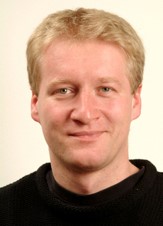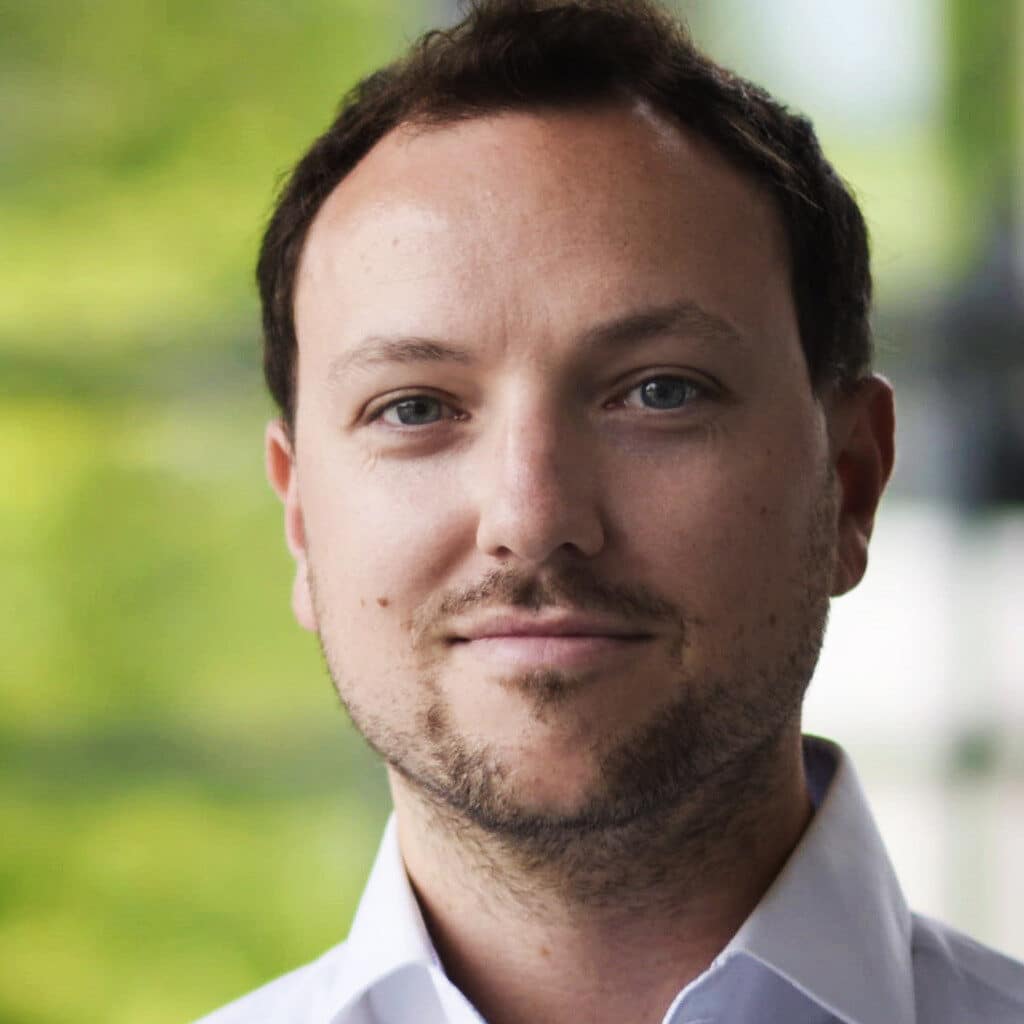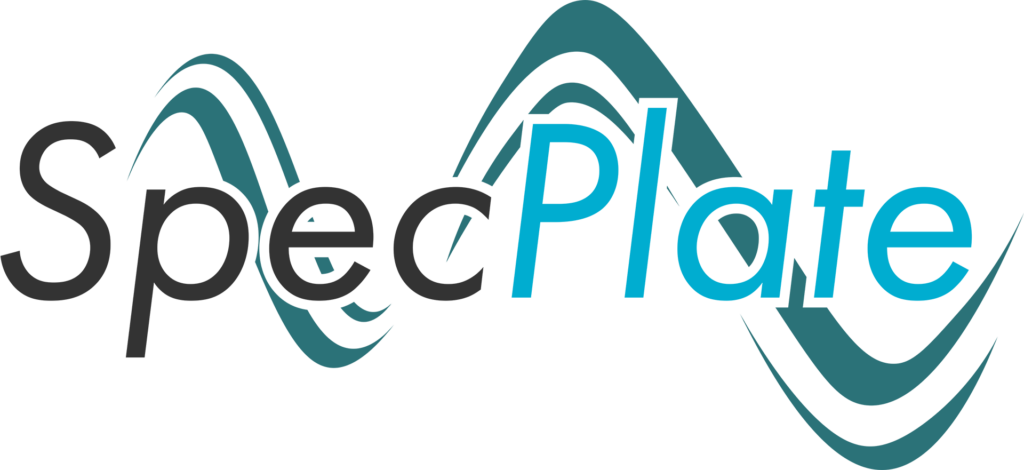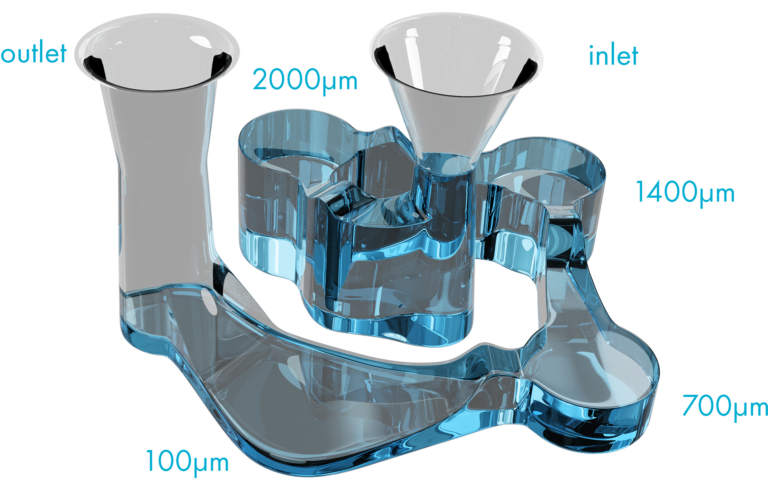SpecPlate
About SpecPlate
The biopharmaceutical market is experiencing steady growth, particularly in the field of antibody therapeutics and vaccines. This trend necessitates the development of new process steps and the optimization of established procedures. One of the most challenging aspects is the process and formulation development for complex molecules, which is considered the most cost- and time-intensive step due to high investment and material costs.
Our goal is to establish the SpecPlate in as many process steps as possible, providing our customers with a cost and time advantage. This novel UV plate will set the better standard in UV/Vis spectroscopy. By applying this innovative technology, we can enhance the efficiency and quality of our processes, ultimately delivering added value to our customers.


Professor Dr. Jürgen Hubbuch
My department is involved in investigating diverse facets of advanced downstream processes in the biopharmaceutical industry including protein purification, formulation, and analytics.
The measurement of absorption spectra in highly concentrated samples utilizing common methods exhibits limitations and errors. However, with the introduction of SpecPlate, these limitations are overcome, and existing benefits are combined to create an efficient plate-based absorption spectroscopy solution. The implementation of SpecPlate is straightforward, providing an alternative to conventional absorption spectroscopy methods. It is a novel technique which is an improved approach to the measurements of absorption spectra thus, highly recommended for researchers and industrialists working on high-concentration samples.
Dr.-Ing. Marie-Therese Schermeyer
I am a Bioengineering scientist specializing in inter-disciplinary research aimed at elevating biopharmaceutical process development to new frontiers. I received my degree from the Karlsruhe Institute of Technology (KIT) where I focused my doctoral research on developing analytic methodologies for predicting protein solution stability. During this research, I worked with Carsten Radtke in creating and testing the first SpecPlate prototype.
In 2020, I joined the Technical University of Berlin to expand my knowledge in laboratory automation towards upstream process development. Currently, I lead a subgroup at KIWI-Biolabs where we explore the efficient integration of AI methods in bioprocess development.
I am convinced that only a holistic understanding of the biotechnological development pipeline can significantly accelerate biopharmaceutical processes and contribute to the faster and safer production of biopharmaceuticals.


Dr. Carsten Radtke
During my time at KIT, I worked on linking microfluidic structures with pipetting robots. From this research, I collaborated with Marie-Therese Schermeyer to develop the concept of the SpecPlate. Driven by the conviction that this SpecPlate technology will significantly impact process development in the pharmaceutical and biotech industry, I co-founded PHABIOC with my partner Jannik Jungmann. Our goal was to bring this innovative technology to market in a user-friendly product. At PHABIOC, we successfully brought the SpecPlate to maturity, enhancing the efficiency and precision of plate-based absorption measurements.
Should you have an inspiring project concept or desire to partner with Prof. Dr. Hubbuch or Frau Dr. Ing. Schermeyer, kindly reach out to Carsten Radtke via this email: carsten.radtke@phabioc.com.Interview
History SpecPlate
2017
At the HTPD meeting in Toledo, Spain, the SpecPlate concept was successfully presented to an expert audience.2019
Due to the enthusiastic response, the implementation of the SpecPlate idea into a production-ready product was initiated through a publicly funded ZIM project.2021
The construction of initial functional prototypes took place, followed by further optimization based on feedback from field test customers.2024
The serial production and market launch of the SpecPlate are scheduled to begin.
Outstanding features of the SpecPlate
Elimination of meniscus formation
Thanks to the sealed measurement chambers, meniscus formation is eliminated. This prevents measurement inaccuracies caused by liquid menisci.
Compatibility with Standard Equipment
The inlets of the 96 measurement structures, along with their respective 4 measurement chambers, strictly adhere to the SLAS standard. This allows for easy integration into existing processes.
Analysis Tool
The PHABIOC sorting tool provides straightforward processing of measurement data for quick and precise analysis.

Variable Chamber Heights
The four different heights of the measurement chambers within a structure enable measurements across a wide concentration range, reducing the need for dilution series.
96 Samples – 384 Data Points
From samples in the 96 structures of the SpecPlate, up to 384 measurement points can be generated.
UV/Vis Measurement
The SpecPlate is made from the well-known COC (Cyclic olefin copolymer) material used in standard UV plates. This allows measurements across the entire UV/Vis spectrum, such as quantification of proteins or DNA/RNA at 280 nm or 260 nm.
